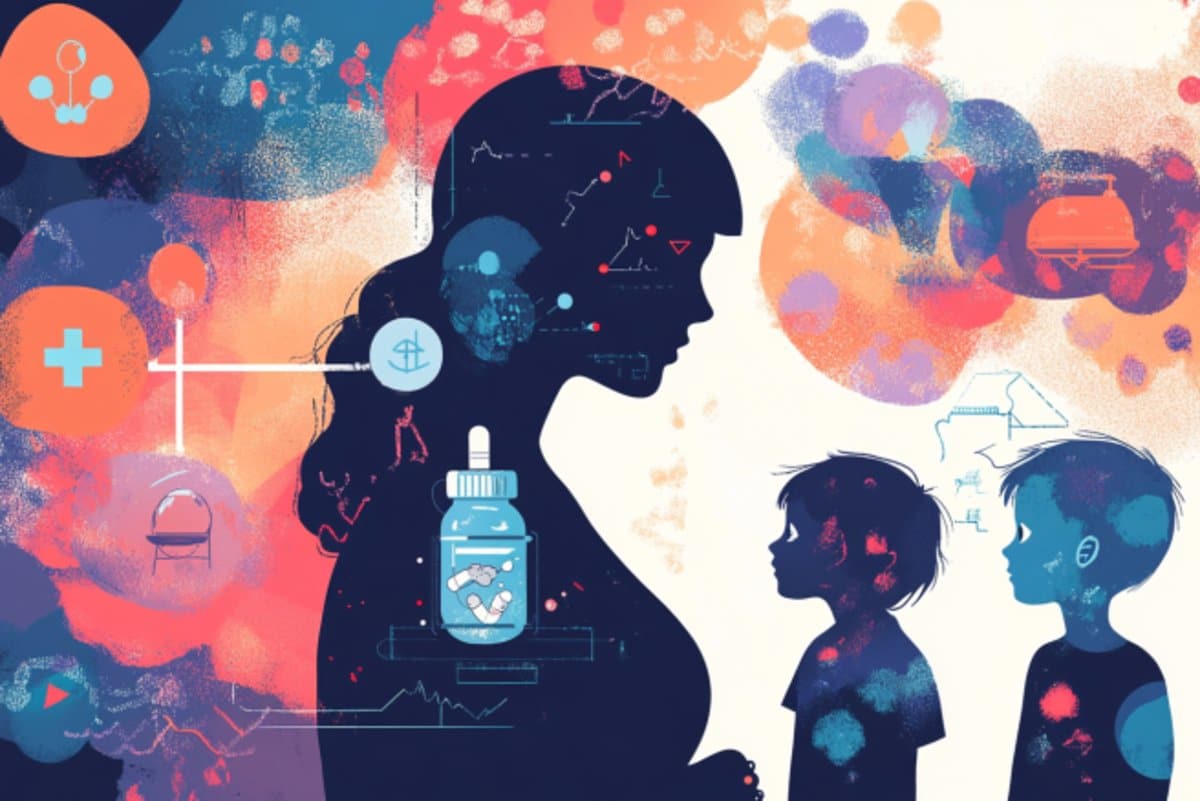Summary: A new study reveals that emotional and behavioral difficulties in five-year-old children can be predicted using prenatal and early-life risk factors, including maternal smoking, low birth weight, and lack of breastfeeding. Researchers used AI to analyze data from nearly 6,000 UK children, uncovering gender-specific vulnerabilities—boys were more impacted by smoking during pregnancy, while girls were more affected by early fussiness.
These findings support the need for gender-responsive early screening tools and preventive care policies. Experts emphasize the value of acting early, even before symptoms emerge, to protect children’s mental health.
Key Facts:
- Predictive AI: Machine learning revealed 14 early-life risk factors that predict mental health challenges by age five.
- Gender Differences: Boys were more sensitive to maternal smoking, while girls were more affected by infant fussiness.
- Early Action: The study supports preventive care investments during pregnancy to improve children’s mental well-being.
Source: University of Helsinki
The researchers identified strong and often overlooked emotional and behavioural risk factors that can be predicted to be present in five-year-old children.
“Lack of breastfeeding, low birth weight and maternal smoking during pregnancy are factors that can be used to react very early, even before the child shows symptoms,” says the study’s lead author, doctoral researcher Xu Zong from the University of Helsinki.
The study, published in the Journal of Affective Disorders, used artificial intelligence to analyse data from nearly 6,000 children in a longitudinal study of UK households. The aim was to use pregnancy and newborn risk factors to predict emotional and behavioural difficulties in children at the age of five.
The study found differences between the sexes: boys were more affected by maternal smoking, while girls were more vulnerable to fussiness in infancy. According to the researcher, these findings highlight the need for gender-responsive approaches in early screening and policy design.
“Our findings are particularly relevant in a time when both concern for children’s mental health and demand for early intervention are increasing,” Zong says.
The researchers’ observations are based on machine learning and big data. Using an advanced AI approach, the study revealed complex relationships and classified the predictive significance of 14 prenatal and postnatal factors.
“Based on our results, greater investments should be made in preventive care right at the beginning of pregnancy,” Zong points out.
Children’s emotional and behavioural difficulties are increasing worldwide. The study provides up-to-date information on how early life risk factors, which begin as early as pregnancy and the newborn, can shape children’s mental well-being years later.
The new international study, led by researchers from the University of Helsinki, was conducted in collaboration with Stockholm University, Karolinska Institutet Sweden and the University of Essex (UK).
About this AI and neurodevelopment research news
Author: Xu Zong
Source: University of Helsinki
Contact: Xu Zong – University of Helsinki
Image: The image is credited to Neuroscience News
Original Research: Open access.
“Predicting children’s emotional and behavioural difficulties at age five using pregnancy and neonatal risk factors: Evidence from a longitudinal study of UK households” by Xu Zong et al. Journal of Affective Disorders
Abstract
Predicting children’s emotional and behavioural difficulties at age five using pregnancy and neonatal risk factors: Evidence from a longitudinal study of UK households
Childhood emotional and behavioral difficulties have a profound impact on later life outcomes, making it crucial to identify early-life risk factors that predict emotional and behavioral difficulties.
However, much of the existing research has concentrated on diagnosing, rather than predicting, emotional and behavioral difficulties, and has often focused on adolescents rather than younger children.
This study employs machine learning (ML) techniques to construct an interpretable predictive model using data from the UK Household Longitudinal Study, aiming to identify key risk factors that influence children’s emotional and behavioral difficulties during childhood.
We examined maternal habits during pregnancy and parent-reported data on birth, breastfeeding and regulatory problems during the newborn stage.
Our findings highlighted lack of breastfeeding, low birthweight and maternal smoking during pregnancy as the three most significant predictors of emotional behavioral difficulties. Other important factors were related to infant regulatory problems.
Heterogeneity analysis revealed gender differences in predictive power, with maternal smoking during pregnancy being a stronger predictor for boys, and the amount of fussing in infancy having a greater impact on girls.
This study highlights the importance of comprehensive prenatal and postnatal care, advocates for early screening of emotional and behavioral difficulties, and calls for gender-specific approaches in assessing and addressing emotional and behavioral difficulties in children.







